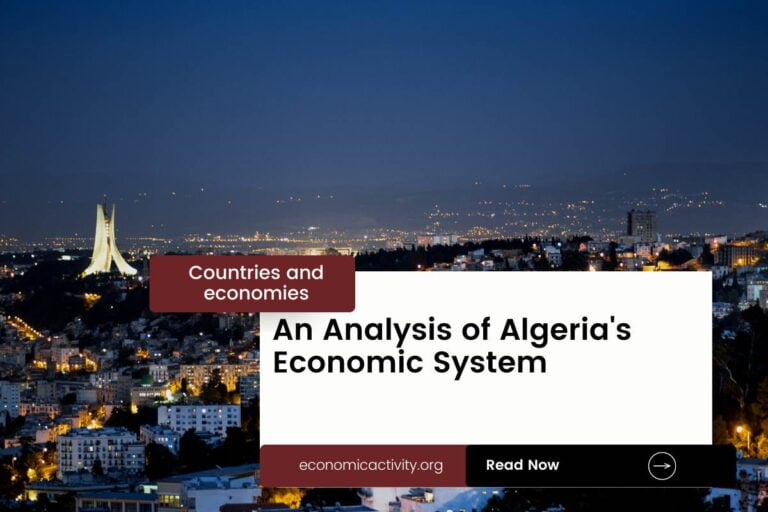What is the economic system of New Zealand? The economy of New Zealand is based on a mixed economy, that resembles a market economy. The country’s economic system combines elements of a market economy and a planned economy, individuals are free to work, produce, consume, and invest in any way they please.
New Zealand’s economy is primarily based on agriculture, tourism, and manufacturing. It is a small, open economy with a strong focus on exports and international trade.
In New Zealand, the economy comprises a private sector, consisting of individuals and businesses that make autonomous decisions based on self-interest, and a public sector, where the state determines the production and distribution of certain goods and services. No country is purely capitalist or purely communist.
What do the freedom indexes tell about the economic system of New Zealand?
Now, to determine if a country is mostly a market economy or a planned economy, it is useful to examine some economic indexes. For instance, according to the 2022 Index of Economic Freedom, which measures the ability of every human to control his own labor and property, New Zealand is ranked 4th globally and 2nd in Asia-Pacific indicating that the country has a free economy.
In a similar way, the 2022 Freedom House index evaluates the state of political rights and civil liberties globally. Generally, market economies tend to align more with democracy and freedom, while command economies tend to be characterized by greater state control and fewer democratic and civil liberty protections. New Zealand gets a score of 99/100, which qualifies it as Free.
New Zealand is a country where the government does not control what people do for political reasons, and people have the freedom to choose (what, how much, and how to produce, whether to buy or not, selling price, etc.)
The Link Between Public Sector Employment and the Economic System of New Zealand
An indicator of the extent to which the State is involved in the economy is the number of public sector employees. In New Zealand, according to ILOSTAT, the number of public sector employees as a percentage of the total workforce is 11.5% (2011). In the country, the public sector tends to be small and efficient. As a result, the number of public sector employees as a percentage of the total workforce is low compared to other countries.
What do the biggest companies in New Zealand say about the country’s economic system?
The biggest company in New Zealand should also be looked at, as well as whether it is a state-owned or private company. In this case, Westpac Banking Corporation is a central bank in New Zealand, that provides financial services to individuals, businesses, and institutions. The company is owned by multiple private shareholders.
More: Top 10 Biggest companies by revenue in New Zealand (2023 data)
The historical factors that have influenced the economic system of New Zealand
The mixed economy system of New Zealand was caused by a combination of government intervention, market forces, and the influence of international trade.
Government intervention included the introduction of social welfare programs, the regulation of industries, and the implementation of fiscal and monetary policies. Market forces such as supply and demand, competition, and technological advances also played a role.
Finally, international trade and investment had a significant impact on the economy, allowing for the growth of exports and imports.





Leave a Reply